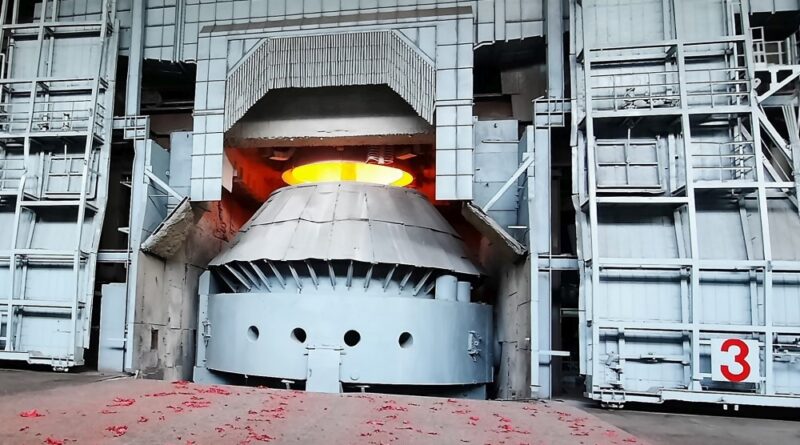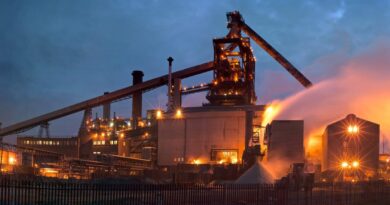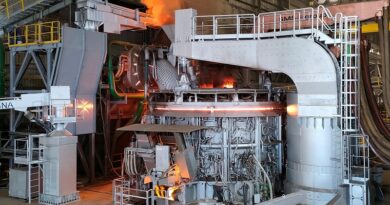Steel: developed countries recovered more strongly than developing ones
Global crude steel production increased to 1 910 million tonnes for 2021 off a vigorous recovery in demand, returning to pre-pandemic levels (other than for China) earlier than anticipated. This performance is 68 million tonnes (or 4%) higher than 2020, and reflects pent-up demand by mining, construction and manufacturing, as well as the notable recovery within the automotive industry and increased fixed capital formation levels.
Global crude steel production decreased by 9% to 909 million tonnes in the second half, compared to 1 001 million in the first half of 2021. Early in the second half of 2021, China aggressively reduced steel production to limited output to 2020 levels to address energy constraints and limit emission volumes.
Generally, developed countries’ demand has recovered more strongly than that of developing countries due to higher vaccination rates and greater government stimulus, against intermittent stop-starts due to infection resurgence.
China’s crude steel production decreased by 3% to 1 031 million tonnes, its market share dropping to 53% from 58% a year earlier. Europe’s crude steel output increased by 14% to 206 million tonnes. North America was up by 17% to 118 million tonnes. Turkey and Russia managed to increase production by approximately 13% and 6% respectively while India rose by 18% to 118 million tonnes. Africa’s output increased by 27% to 16 million tonnes due to higher production in South Africa and Egypt. South Africa’s crude steel production increased by 28% to 5 million tonnes.
In South Africa, apparent steel consumption (ASC) for 2021 increased by 25% to 4,5 million tonnes, driven by the recovery of construction, mining and manufacturing. ASC decreased by 5% to 2,2 million tonnes in the second half compared to 2,3 million in the first half of 2021.
Total steel imports of primarily hot rolled coil, galvanised sheet and tinplate increased by 47% to 1,4 million tonnes in response to inventory rebuilding in the local market. This volume constituted some 30% of South Africa’s ASC (2020: 25%). Imports decreased by 23% to 594 000 tonnes in the second half compared to 770 000 tonnes in the first half of 2021.
ArcelorMittal South Africa’s total sales volumes increase by 13%, or 284 000 tonnes, to 2,5 million tonnes compared to 2020, due to a 16% rise in domestic sales to 2,2 million while exports decreased by 5% to 302 000 tonnes. The regional mix of exports improved significantly with Africa Overland customers at 218 000 tonnes, representing an increase of 47%. Total sales volumes decreased by 4% between the first and the second halves of 2021.
Average benchmark China export hot-rolled coil prices increased by 70% year-on-year, while rebar prices increased by 60%. Benchmark hot-rolled coil prices increased by 9% between the first and second halves of 2021, with rebar prices up by 6% for the same period.
ArcelorMittal South Africa’s overall realised steel price in dollars increased by 62%. In rand terms, this represented a 47% increase as the average dollar/rand exchange rates strengthened by 10%. Realised dollar steel prices increased by 15% between the first and second halves of 2021, with rand prices up by 19% for the same period. The improvement reflects the lagged benefits of the higher steel prices which characterise the Company’s order intakes.
The Company is the only primary producer in South Africa which supports the downstream industry though a formal support programme. Our industry support saw a 67% increase to R308 million in value-added export assistance and rebates.




